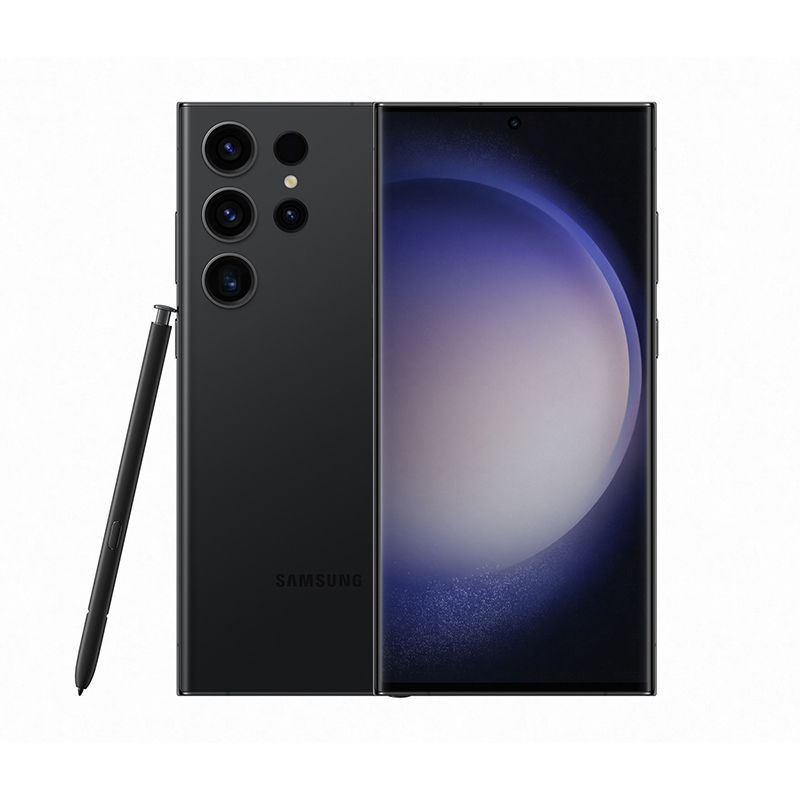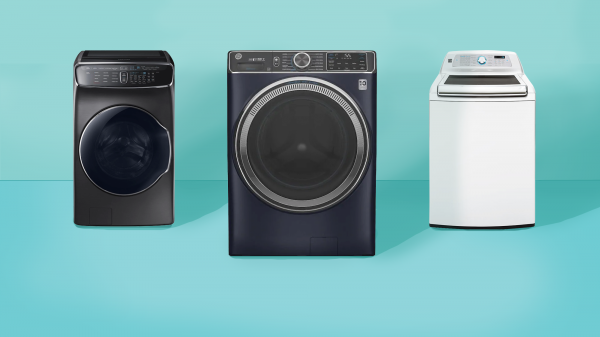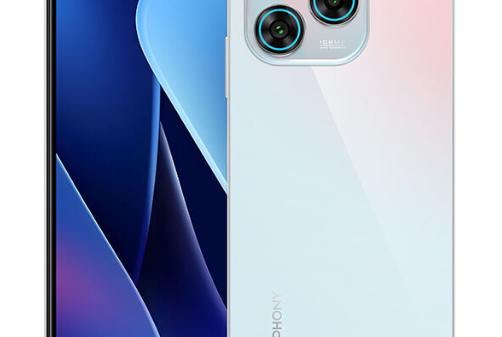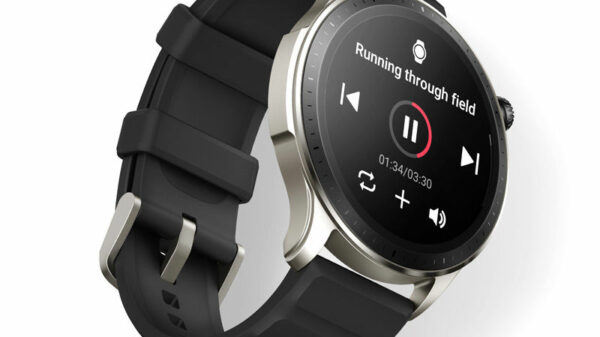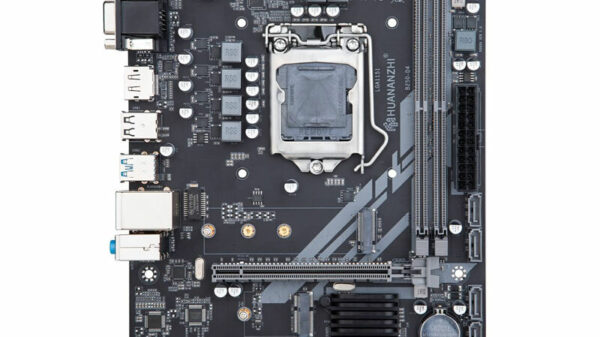Near Field Communication (NFC) is a technology that allows devices near communicate with each other wirelessly. Originally designed for contactless payment systems, NFC has expanded to include a wide range of applications in smartphones.
With NFC, users can easily transfer data, make payments, and connect to other devices, all with a simple tap or wave. This technology has greatly enhanced the convenience and efficiency of daily tasks, making it a highly sought-after feature in modern smartphones.
In this article by Pickaboo, you will explore the basics of NFC in smartphones, its uses, and its potential for future advancements.
What is NFC?
NFC essentially works by creating a low-power radio frequency field that enables communication between devices that are within a few centimeters of each other. This allows for a secure and seamless exchange of data between compatible devices. The technology is commonly used for contactless payments, where users can simply wave their smartphone over a payment terminal to initiate a transaction.
Apart from payment systems, NFC in smartphones also allows for file transfers between devices. For example, users can easily share photos, videos, and other data by simply tapping their phones together. In addition, NFC can also be used to connect to other devices such as Bluetooth speakers, headphones, and smart home appliances with just a tap. This convenience has made NFC a popular feature among smartphone users, and its applications continue to expand with advancements in technology.
How does NFC work?
NFC technology relies on a communication protocol called ISO 14443, which operates on the 13.56 MHz frequency. This frequency has been designated by the International Organization for Standardization (ISO) as the standard for NFC communication, ensuring compatibility between different devices. For NFC to work, both devices must have an NFC chip integrated into their hardware. This chip contains an antenna that emits a radio frequency field, enabling communication with other NFC-enabled devices.
When two devices with NFC capabilities are brought close together, the NFC chips in each device communicate with each other and establish a connection. This connection is temporary and is broken once the devices are separated. One of the most distinctive features of NFC is its ability to operate even when the devices are not powered on. This is done through a technology called “NFC Tags” which are small, unpowered chips that can trigger specific actions when they come into contact with an NFC-enabled device.
Overall, the process of communication between NFC devices is quick, secure, and requires very little power. This makes it ideal for use in smartphones, where convenience and efficiency are key considerations. With the continuing evolution of technology, it is likely that NFC will continue to expand its applications and become even more integrated into daily life.
What can NFC do on the phone?
NFC on smartphones has a wide range of capabilities, making it a versatile and useful feature for users. One of the primary uses of NFC on smartphones is for contactless payments. By simply linking a credit or debit card to a digital wallet app, users can easily make payments by tapping their phone on a payment terminal. This eliminates the need for carrying physical cards and reduces the risk of fraud.
In addition, NFC in smartphones allows for quick and easy file transfers between devices. This is particularly useful for sharing photos, videos, and documents with friends, family, and colleagues. Users can also connect their smartphones to other NFC-enabled devices, such as speakers or headphones, for seamless audio streaming.
As NFC technology continues to advance, the possibilities for its use on smartphones will only continue to grow. It is a convenient and efficient feature that has greatly enhanced the way you interact with your devices and the world around you.
Which phones have NFC?
Most modern smartphones now come equipped with NFC technology. Popular brands such as Apple, Samsung, and Google include NFC in their flagship models, including the iPhone, Samsung Galaxy, and Google Pixel. Other well-known brands such as Huawei, Xiaomi, and LG also offer NFC in their smartphones.
Similarly, many budget and mid-range smartphones also come with NFC capabilities. It is important to check the specifications of a specific model to confirm if it has NFC. With the growing popularity and use of NFC, most smartphones in the future will likely come equipped with this technology.
NFC vs. Bluetooth
NFC and Bluetooth are both wireless communication technologies commonly found in smartphones, but they serve different purposes. NFC is designed for close-range, contactless communication between devices, while Bluetooth is used for longer-range, continuous communication. Moreover, NFC requires very close proximity between devices, usually within a few centimeters, while Bluetooth can operate within a range of up to 100 meters.
NFC also consumes less power compared to Bluetooth, making it ideal for quick and frequent interactions. However, Bluetooth offers a wider range of capabilities, such as audio streaming, file sharing, and internet connectivity, which NFC cannot provide always. Finally, NFC and Bluetooth each have their specific uses, and can often complement each other in enhancing the functionality of a smartphone.
Conclusion
NFC is a remarkable technology that has greatly enhanced the connectivity and convenience of smartphones. With its ability to facilitate contactless payments, file transfers, and device connections, NFC has become an essential feature in modern smartphones. Its low power consumption and compatibility with various devices make it a highly sought-after technology.


